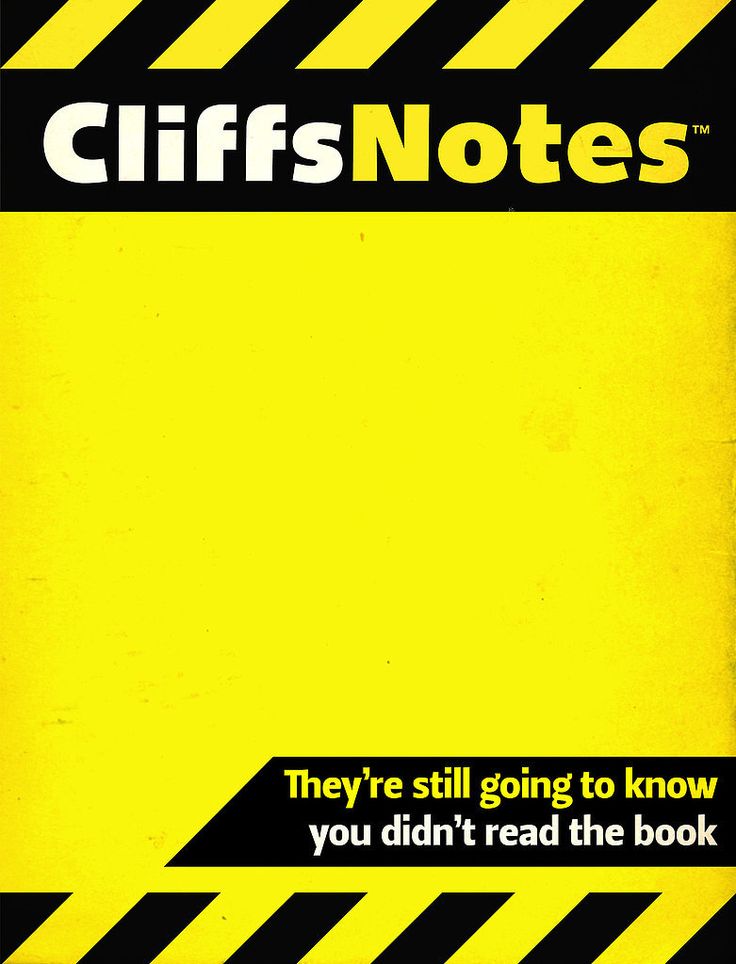
Research Review is a place for me to bring you academic research that I think might be of interest or relevant to you all. It is not necessarily the Cliff notes of the paper, but it will present some key findings or insights from the paper.
In this installment of Research Review I am going to talk to you about crowdsourcing government services via the paper “A Framework for Using Crowdsourcing in Government” (Clark, Zingale, Logan, and Brudney 2016).
So first things first, what is crowdsourcing? The authors define it as: “Crowdsourcing is a general term used to describe a variety of ways that organizations, particularly in the for-profit sector, take advantage of the thoughts, inputs and ideas of the public” (pg 57). These days that usually means through the internet and/or phone.
 The authors characterize crowdsourcing as being less organized and focused than typical workgroups and that they tend to be used for gathering lower level ideas and suggestions—not to say that they are not important, just not necessarily “big picture.” Of course the crowd matters too. There are times it makes sense to involve everyone, there are times that it does not. One advantage is that there can be some internal policing and vetting of ideas amongst the participants which can help eliminate biases. Biases that professional and technical training may inadvertently create or those that may be driven by experiences or status. While this policing may happen naturally, effective crowdsourcing will also require an administrator (or moderator) of the platform and information. This administrator will need to understand the issue at hand, have some technical expertise, and what sort of information and input is desired from the crowdsourcing endeavor.
The authors characterize crowdsourcing as being less organized and focused than typical workgroups and that they tend to be used for gathering lower level ideas and suggestions—not to say that they are not important, just not necessarily “big picture.” Of course the crowd matters too. There are times it makes sense to involve everyone, there are times that it does not. One advantage is that there can be some internal policing and vetting of ideas amongst the participants which can help eliminate biases. Biases that professional and technical training may inadvertently create or those that may be driven by experiences or status. While this policing may happen naturally, effective crowdsourcing will also require an administrator (or moderator) of the platform and information. This administrator will need to understand the issue at hand, have some technical expertise, and what sort of information and input is desired from the crowdsourcing endeavor.
One of the success stories of crowdsourcing is through 311. There have been some great examples of where online platforms or even webapps have allowed citizens to report problems like potholes or dead trees in the street. For example, “New York City residents can now take advantage of an innovative Internet platform that combines the instant effects of crowdsourcing with a hobby that many residents like to do – complaining” (full article).
 Am I the only who is thinking of Pokémon Go for local governments? Find three potholes and earn the road warrior badge! Ride the public bus five times and earn a pine tree hugger badge, ride it 25 times and you can evolve it into a redwood hugger badge! This is what people like my husband (i.e., nerds) would call gamification and it is pretty popular right now too!
Am I the only who is thinking of Pokémon Go for local governments? Find three potholes and earn the road warrior badge! Ride the public bus five times and earn a pine tree hugger badge, ride it 25 times and you can evolve it into a redwood hugger badge! This is what people like my husband (i.e., nerds) would call gamification and it is pretty popular right now too!
But I digress. These 311 apps have been a great way for helping local governments monitor outages, the need for repairs, and other problems. While someone on the government side still needs to sift through all the reports and data and then have a crew go address the problem, it has been successful at identifying needs.
Crowdsourcing is beginning to be implemented by local governments, but there is still room to do more. The question is how and when and WHAT. That is where this paper is helpful. It presents a basic framework to begin to think about these issues.
They develop a framework based on the type of problem, then translating it into what sort of process and feedback you might want to solicit, and then some of the issues with that process. Once that is laid out, they go into brief case studies to illustrate the points.
This first figure is how they present their initial framework. It allows for you to identify whether you have a complex or simple problem and the level of expertise you need and the diversity of thought you want.

They further flesh it out through this typology. You can see under the column labeled “Our Analytical Framework” how this second figure corresponds to the first. What is SO helpful about this second figure is that it gives a quick and dirty guide to ways in which an organization can crowdsource and some of the issues you should consider.

This all sounds great right? Well it can be, but the paper highlights numerous issues. I will highlight one here, transaction costs. “Transactions costs, in the economic tradition, are the costs of finding partners, negotiating with them, and enforcing the contract you have agreed to. Each interaction between citizen and government incurs a cost on either or both parties. The higher the transaction cost is, the more difficult it will be for citizens and government to collaborate. In government crowdsourcing all three types of transaction costs are present: search and information costs (finding partners/collaborators/information), bargaining costs (negotiating the relationship), and policing and enforcement costs (assuring the contract is carried according to the negotiations)” (page 59). These costs may not always be obvious and the first that are considered when government begins the process of exploring crowdsourcing—but they are critical.
What are the primary takeaways? They conclude with three themes they believe will help government understand and implement effective crowdsourcing.
- Lower the transaction costs. Yup, back to this one. They specifically identify lowering the costs to participants (though government matters too). One way to do this is to take more complex problems and make them into smaller more discrete pieces. Let citizens easily navigate themselves to the problems where they want to help and feel like they can help.
- Make sure you say thank you to participants. You need to acknowledge their contributions with a thank you and some visible evidence that their feedback is being used. So if you are playing Pokémon Go and they find potholes, then let them know when they have been filled and thank them for their assistance!

- Recognize and emphasize that crowdsourcing does not replace what government has been doing, it adds to it. You still need your experts and there are places where that expertise trumps all outside input. That does not mean encouraging skepticism, the authors point to evidence that the wisdom of the crowds can be high quality and useful to government.
Thoughts? Have you all tried any crowdsourcing? How did it go? What problems did you encounter? What successes did you have? Please comment and share. Let’s crowdsource this conversation!
Benjamin Y. Clark, Nicholas Zingale, Joseph Logan, & Jeffrey Brudney. (2016) “A Framework for Using Crowdsourcing in Government.” International Journal of Public Administration in the Digital Age, 3(4): 57-75.
Abstract:
Crowdsourcing is a concept in which the crowd is used as a source of labor, idea generation, or problem identification. Crowdsourcing originated in the private sector; though with any good private sector practice it is increasingly being utilized in government. This paper provides an overview of the concept of crowdsourcing, gives examples of its use in the private and public sectors, and develops a framework for how governments can begin to strategize and think about crowdsourcing to solve problems when engaging with citizens. The authors’ framework is illustrated with a number of cases from current or past uses of crowdsourcing in government. They conclude with important considerations about how governments should strategize their crowdsourcing efforts.


